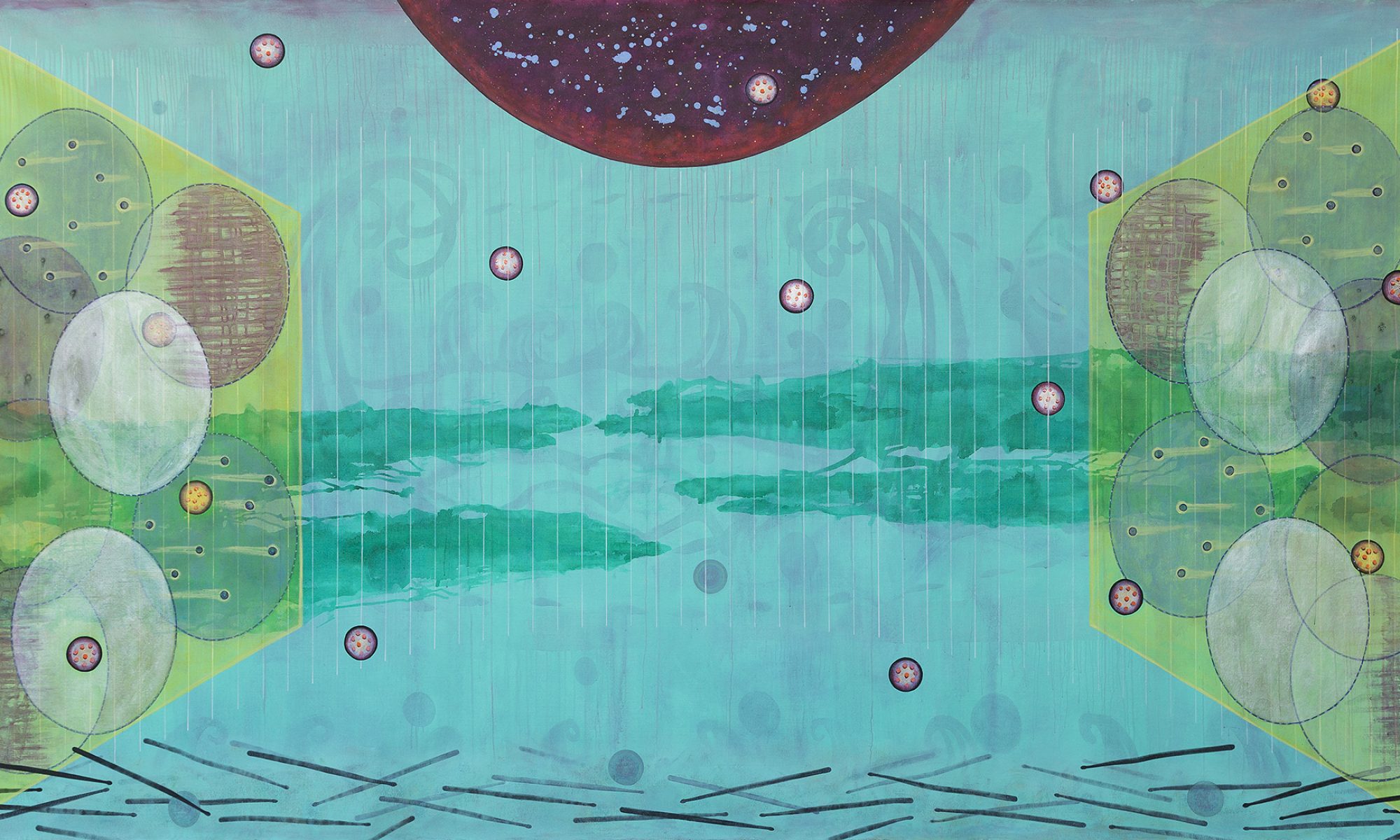Afro-Sonic Mapping — Project Concept:
My research for this project started in 2016, supported by Haus der Kulturen der Welt (HKW) in Berlin, Germany. The project seeks to trace the migrations of the Afro-Sonic Signifier and understand its transfer through the black Atlantic passage. It is based on an investigation of the earliest recordings of African music by anthropologists Leo Frobenius, Northcote Thomas and Karl Edvard Laman, among others, that employed phonograph-recording machines during their separate field trips in central and West Africa circa 1890 to 1907.
The project will continue to map the sonic associations, transformations and performances of the Afro-Sonic Signifier in diverse Transnational African Diaspora contemporary communities, within the context of colonial bombardments and transatlantic migrations. With a defined focus on its resonances in our current post-colonial time, Afro-Sonic Mapping links the unchartered waters of anthropological field recordings to the contemporary urban frequencies of Kinshasa, Luanda, Salvador de Bahia, London, Kingston, New York, Los Angeles and New Orleans. Sonic Mapping is a tool to perceive and understand the existence and migrations of what Hoyt terms the Eternal Migration of the Afro-Sonic Signifier.
The first Afro-Sonic Mapping journey is intrinsically focused on the investigation of music recorded in the late 19th and early 20th century by pioneering European anthropologists. Some of this material, which has been digitised and is currently housed in the Berliner Phonogramm Archiv, was recorded in the area currently known as the Democratic Republic of Congo and Angola.
As I travel this journey, I will have copies of this music along with other early field recordings, and will connect with cross-generational musicians, academics and culture makers to revisit and decode the essence of these recordings. The rhythm patterns are of prime interest; this journey will prove that these very same beats are employed in various current music genres throughout the Transnational African Diaspora and in many popular music styles globally.
The phonograph recordings will be a source of inspiration in the process of creating new music with traditional musicians, such as Tchokwe and Mbundu, as well as contemporary Kuduro musicians. This process of connection, analysis and performance will be repeated in each of the locations to be visited in this first Afro-Sonic Mapping (i.e. Luanda, Salvador de Bahia, and Lisbon). The research aims to reveal the eternal migrational patterns of these pre-middle passage codes of music as a cyclic phenomenon. The local contemporary dance styles and fashion trends in all the destinations to be visited will also be documented and filmed, excerpts of which will be presented on this blog.
The purpose of this blog is to present an archive of the research undertaken for this project. This documentation will accompany a project to be presented at HKW in 2019.
***
Afro-Sonic Mapping is a project by Satch Hoyt as part of the long-term project Kanon-Fragen at HKW. In its four-year program, Kanon-Fragen examines critically the historical narratives and foundations of institutional canon formation of modern and contemporary art and culture.
In collaboration with Ethnologisches Museum, Staatliche Museen zu Berlin.
With special thanks to the Goethe-Institut in Kinshasa, Lisbon, Luanda and Salvador de Bahia.

